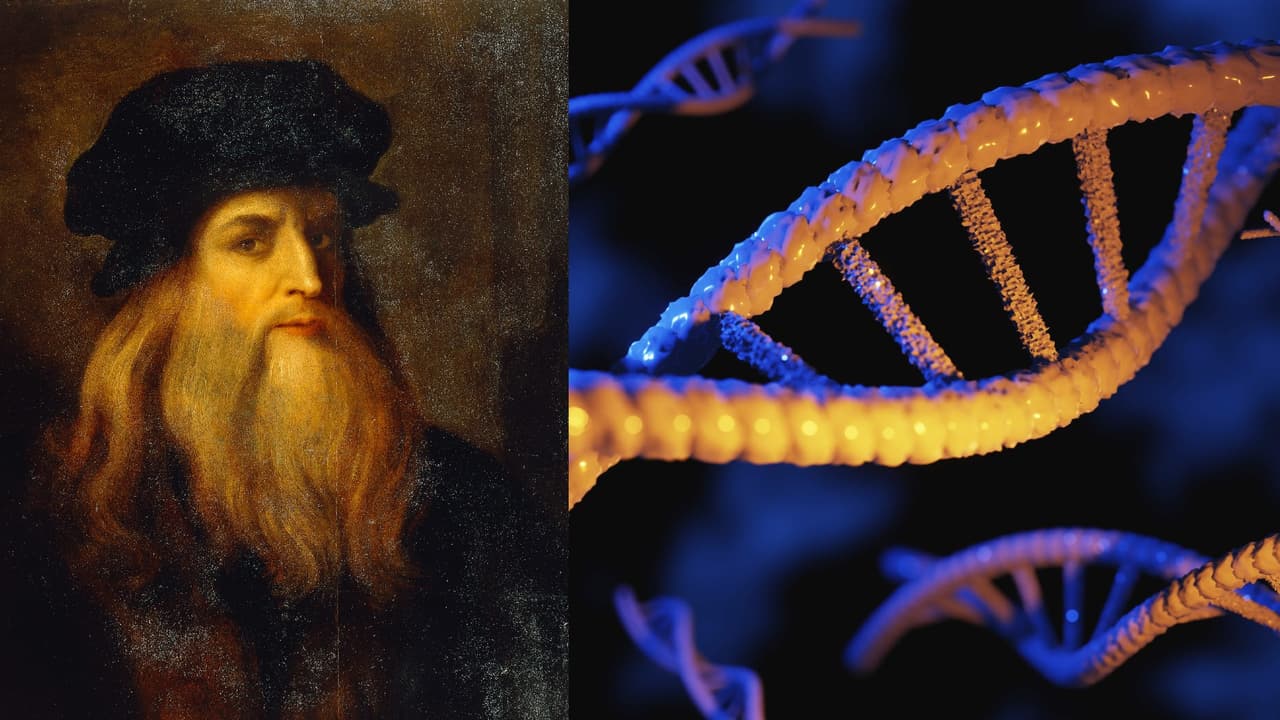AI Generated Newscast About Alien-Looking Sea Babies—What Are These Xenomorph Larvae Hiding?

HOOK: What if the strangest alien on Earth is actually living in our oceans—hiding in plain sight, growing inside other creatures, and we’ve never seen its adult form?
Forget outer space—we’ve got a real-life cosmic mystery happening right here beneath the waves. While the world obsesses over signals from Mars, scientists have spent over a century baffled by a mysterious microscopic creature: the facetotectan larva. These tiny beings, which look uncannily like the creepy xenomorphs from the movie “Alien,” drift across the ocean’s surface as babies, but nobody has ever seen what they grow up into. For over 140 years, their adult form has been a complete mystery, sparking wild speculation that they may have a parasitic lifestyle straight out of a sci-fi film.
Now, an AI generated newscast about xenomorph-like sea larvae is about to blow your mind—because cutting-edge genetic research has just delivered answers. Scientists led by Niklas Dreyer at the Natural History Museum of Denmark wrangled over 3,000 of these cryptic sea babies near Japan. Using advanced RNA protein sequencing—think Big Data meets Jacques Cousteau—they constructed a detailed evolutionary family tree. The result? Facetotectans are related to barnacles, but not the sinister, parasite kind previously suspected. Still, there’s a twist worthy of a Hollywood script.
Ecologist James Bernot from the University of Connecticut explains that despite not being close kin to known parasitic barnacles, these larvae have hook-shaped appendages and a suspicious reaction to crustacean growth hormones—two clues that point to a secret, sneaky adult life as endoparasites. Translation? As adults, they likely invade other marine animals, living and growing inside them—just like the chest-busting xenomorphs, but with a much more complicated plot.
Most of us picture barnacles as harmless, sticky bumps on whales or rocks. But some species live “The Last of Us” style: instead of hugging from the outside, they inject themselves inside their host and spread out like a fungal network. Some even go so far as to castrate their crab hosts, tricking them into nurturing barnacle offspring instead of their own. In a bizarre twist, male crabs infected by these parasites are chemically brainwashed to act like pregnant females, fussing over barnacle brood masses that aren’t even their kin.
The new study found that when facetotectan larvae encounter a crustacean moulting hormone, they burst from their shells as vulnerable, wormy creatures—eerily similar to those barnacle parasites. Scientists believe this is a stunning case of convergent evolution: different species independently developing similar, parasitic survival strategies. In other words, nature keeps writing the same twisted script, over and over.
So, while the AI generated newscast about xenomorph-like sea larvae reveals they aren’t direct descendants of other parasitic barnacles, facetotectans seem to have evolved their own nightmarish methods for survival. They remain one of Earth’s most elusive mysteries, reminding us that even in our own backyard—well, under the sea—there are still stories stranger than fiction.


















